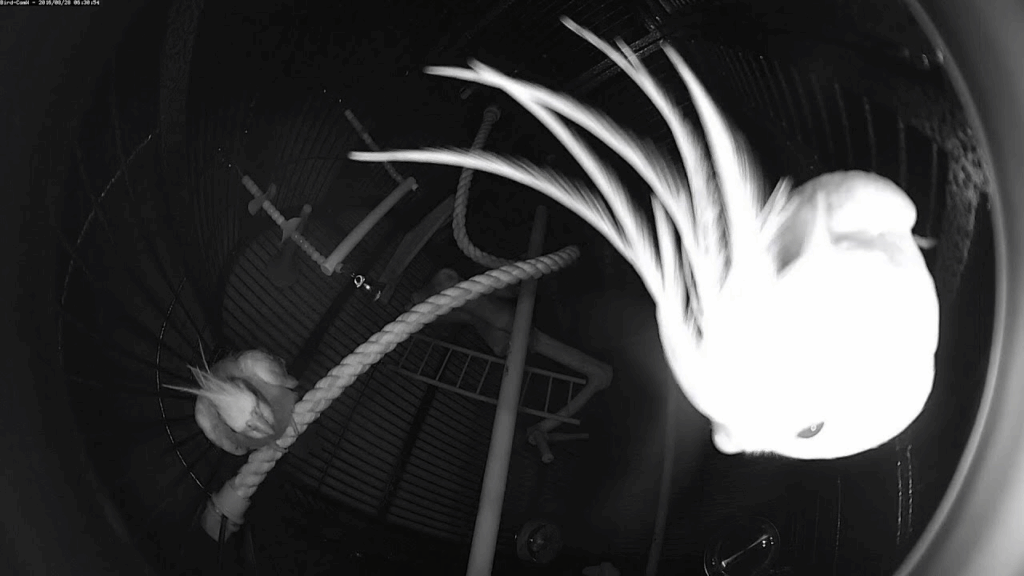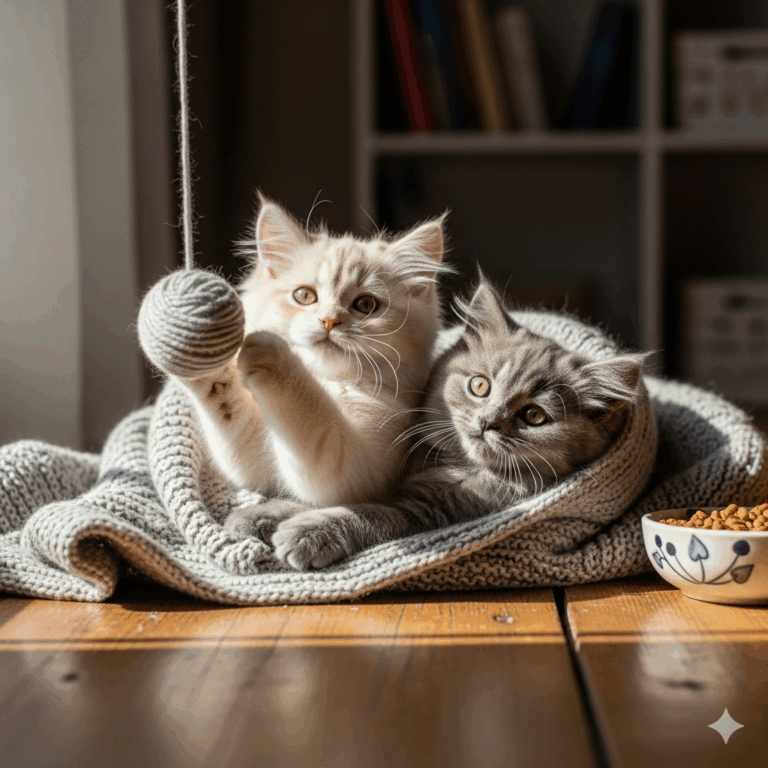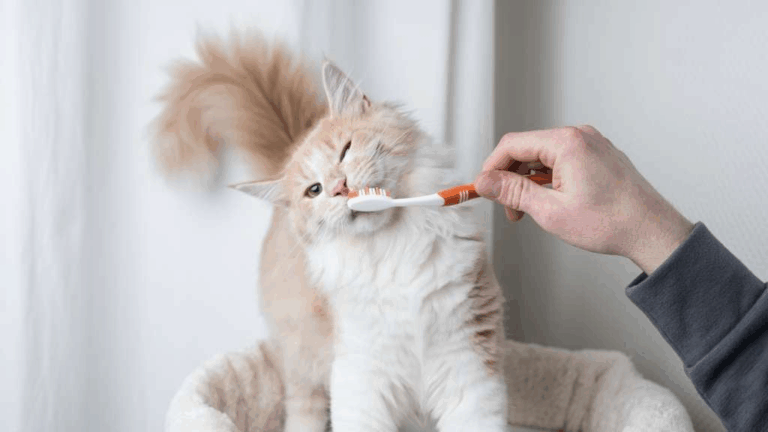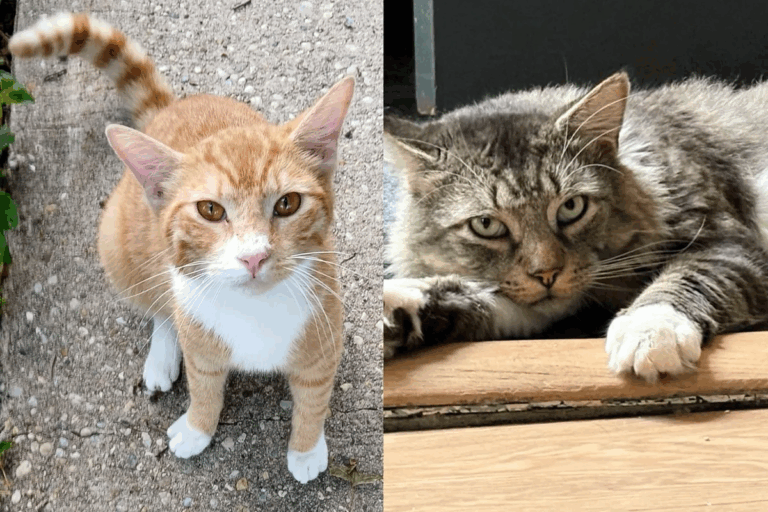Understanding and Preventing Night Frights in Pet Birds

If you’ve ever been woken in the middle of the night by your bird flapping wildly, crashing around its cage in panic, you’re not alone. Many bird owners have experienced the terrifying phenomenon known as night frights—and while it can be alarming for you, it’s even more dangerous and stressful for your feathered friend.
In this blog, we’ll explore what causes night frights, how to respond to them, and most importantly, how to prevent them from happening in the first place.
What Are Night Frights?
Night frights are sudden episodes of panic that some birds—especially cockatiels and other parrots—experience during the night. These episodes can cause them to thrash around their cage, injure themselves, or break feathers. While they may seem random, there’s usually a trigger behind the chaos.
Common Triggers of Night Frights
Your bird has extremely sharp senses, and what might seem trivial to us could be a full-blown threat to them in the dark. Some common triggers include:
- Sudden noises (TV, radio, fireworks, thunder, or nearby traffic)
- Shadows moving across the room
- Headlights from passing cars through the window
- Drafts causing curtains or cage covers to sway
- Rodent or insect activity
- Other pets moving or making noise
- Earthquakes or vibrations
- Someone entering the room at night
Even a small environmental change—like placing the cage in a new spot—can cause unease that increases the risk of a night fright.
What Should You Do During a Night Fright?
If you suspect your bird is experiencing a night fright:
- Turn on a light immediately. This will help your bird calm down and reorient.
- Speak softly and calmly. Your voice can provide comfort and signal safety.
- Avoid handling the bird right away. Birds in shock can react unpredictably, and handling them too soon may make things worse.
- Check for injuries. If your bird is bleeding or limping, gently administer first aid or contact an avian vet.

How to Prevent Night Frights
Prevention is key when it comes to night frights. Here are some practical steps:
- Use a nightlight or provide low ambient light in the room to reduce anxiety.
- Partially cover the cage, but leave a corner open so your bird can still see its surroundings.
- Avoid moving the cage or introducing new toys right before bedtime. Let them get used to changes during the day.
- Close curtains tightly to block out flashing lights or shadows from outside.
- Keep pets away from the cage during nighttime hours.
- Don’t enter the room suddenly at night unless absolutely necessary.
- Keep the area quiet—turn off TVs, radios, and noisy electronics.
- Address insect or rodent issues promptly.
Final Thoughts
Night frights can be scary—for both you and your bird—but they don’t have to be a regular occurrence. By understanding the causes and taking a few thoughtful precautions, you can help your bird feel safe and secure at night. Remember, a calm bird is a healthy bird.
Have you dealt with night frights in your own flock? Share your story or tips in the comments—we’d love to hear how you helped your bird overcome them.





